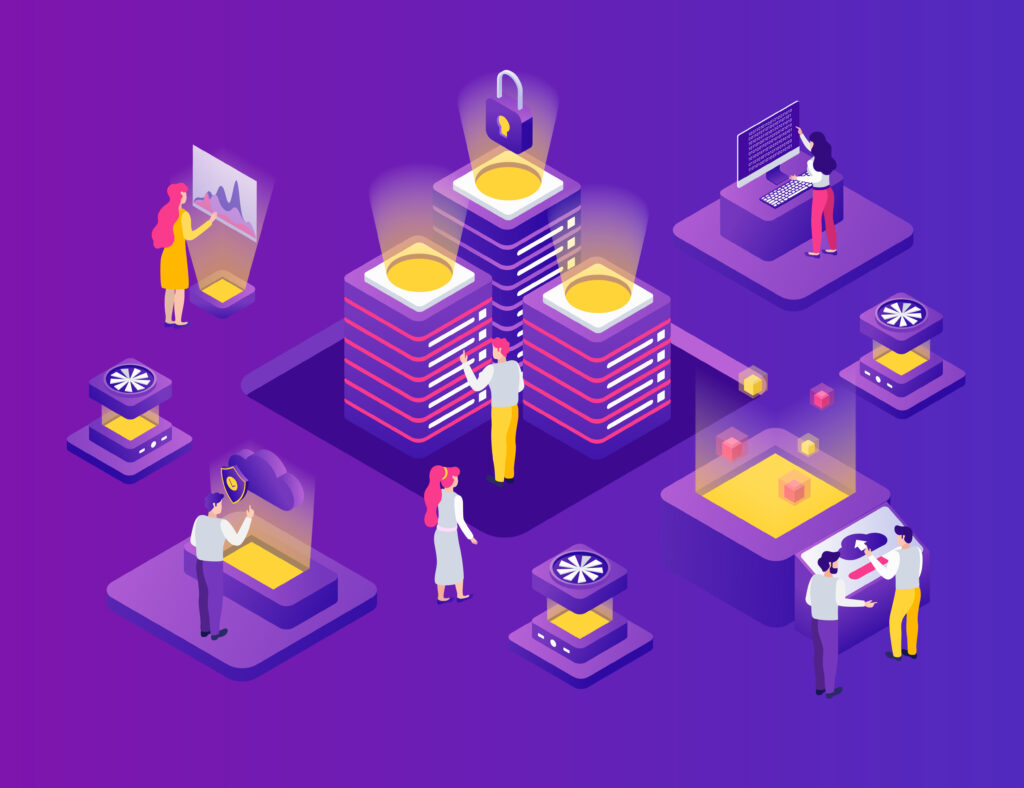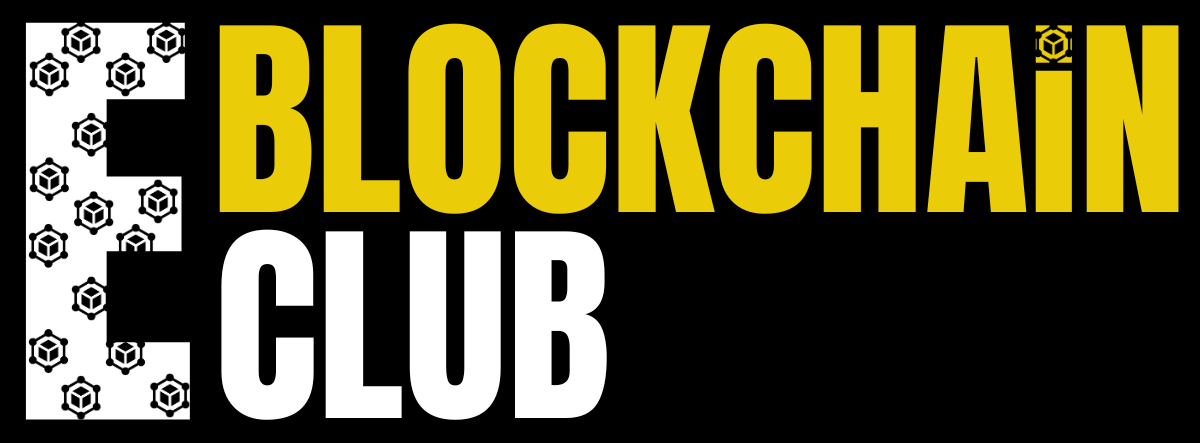With the advent of blockchain we have seen many revolutionary tech coming up in the past decade. The financial industry just got disrupted with bitcoin. The trading economy got a new high apart from fiat currency as we got more cryptocurrency. We also see that the there is a lot of growth around the Decentralized Applications. These decentralized application live and breath blockchain resources. However, all the resources of one blockchain can’t be utilized by other blockchain. This is the scenario where Interoperability comes into picture. Let’s look at what interoperability in blockchain really is…!
Table of Contents
What is Interoperability?
If we go by definition from the Oxford dictionary then the meaning for operability looks like below
“the ability of computer systems or software to exchange and make use of information.”
Similarly, if the set of blocks on a blockchain try to share information with the set of blocks in another blockchain can be coined as Blockchain Interoperability. So now if the interchain communication has to happen then there has to be communication between blocks. This communication is made possible with the help of message protocols. These message protocol help in editing / reading the data blocks.
But then how does this message protocol enables the blockchain to work ? Lets go further.
How Interoperability is implemented in Blockchain ?

From the above given image what we can derive is that there are 4 blockchain decentralized applications. So these blockchain applications are decentralized in a way that the supply chain block chain works independently and the other three blockchain. They don’t share the user data. There is no medium or a hub which can connect them without the centralized messaging protocol in place.
Blockchain Technologies With Interoperability
There are very specific blockchain technologies which are able to achieve this. Let’s see them one by one.
Polkadot: Though being a late comer in the blockchain space, Polkadot is featured as an interoperable blockchain. It uses a method called ‘Parachain’. It can be thought of as a Layer-1 to the existing blockchain. From one central hub, the branches of ‘Parachain’ move out. Every Parachain is dependent on the central shard for the communication and security ( just like every nerve is connected to spinal cord in a human body which in turn gets connected to brain ).
Cosmos: Apart from Polkadot, Cosmos, with the aim to create “Internet of Blockchains” has gained a pace for making interoperable chains a reality. The organization desires to make a specilized protocol called IBC ( Inter-Blockchain ) protocol which is aiming to connect the blockchains in the cosmos network via Cosmos Hub. By this way of doing things in blockchain the Cosmos teams aims to add seamless integrations in the network.
ICON Foundation : This foundation continuously contributing to the progress of blockchain world aims at creating interoperable blocks by having loop chain technology. This technology helps the blockchains to seamlessly communicate with other Blockchain Apps or rather dApps.
These were just to name a few. There are other firms like ark.io and chainlink labs who are working on interoperability with the similar thought process of making the blockchains inter operable but different approaches in technically implementing them.
Interoperable Approaches
So if we try to segregate all the technologies and companies which are trying to make the blockchain interoperable we can list down four approaches.
- Sidechains : As the name suggest, these chains are something which are linked with the main blockchains.
- Cross-chain bridges: This approach makes a different context. In the sense that some chains which act as intermediatory are coined as cross-chain bridges to the main blockchain.
- Interoperability protocols: Designing specific protocols which can help in making the communication between the blockchains effective.
- Shared ledgers: This approach helps when different distributed ledgers try to share data between each other. This helps in creating redundancy.
Considering these approaches the road to making blockchain interoperable is still unfinished as there are few challenges that we should foresee while working on this aspect.
The first challenge is pretty much technical. As we are still in nascent stage of development of these technologies the production grade development requires high expertise. Secondly, we can say that since there are too many approaches to make the blockchain interoperable from open source contribution point of view, this technology needs to undergo a standardization process. Thirdly, is governance and security.
In order to navigate these challenges to make interoperability in blockchain a living reality we need collaboration on multiple fronts.
- Block Chain Developers: Yes, this is the first level of collaboration effort we need to make interoperability possible as this segment of folks will help in implementing the protocol.
- Decentralized Application Developers: Second level of interaction will happed with DApp developers. These engineers will help in integration of the apps of blockchain on a next level.
- Investors, Entrepreneurs and Regulatory bodies: The stakeholder engagement is also needed. As the investors need to be made aware about the potential challenges and enhancements of the interoperability. These group of people can contribute to make clear guidelines and establishing framework.
If you like this blog and want to read more about Blockchain and Cryptos – Do check posts on homepage eBlockchain Club.

